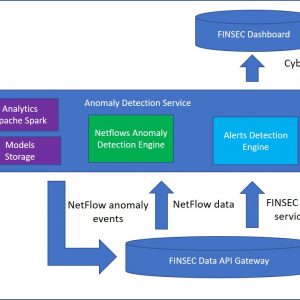

This sandwich or mixed approach overcomes this shortcoming of the top-down and bottom-up approaches. In bottom-up approach, testing can start only after the bottom level modules are ready. In top-down approach, testing can start only after the top-level module have been coded and unit tested. A mixed integration testing follows a combination of top down and bottom-up testing approaches. Mixed Integration Testing – A mixed integration testing is also called sandwiched integration testing.

#Risk engine integration drivers
This integration testing uses test drivers to drive and pass appropriate data to the lower level modules. The primary purpose of this integration testing is that each subsystem tests the interfaces among various modules making up the subsystem. Bottom-Up Integration Testing – In bottom-up testing, each module at lower levels is tested with higher modules until all modules are tested. High risk critical modules are not isolated and tested on priority since all modules are tested at once.Ģ.There will be quite a lot of delay because you would have to wait for all the modules to be integrated.So, debugging errors reported during big bang integration testing is very expensive to fix. If an error is found during the integration testing, it is very difficult to localize the error as the error may potentially belong to any of the modules being integrated. This approach is practicable only for very small systems. In simple words, all the modules of the system are simply put together and tested. Big-Bang Integration Testing – It is the simplest integration testing approach, where all the modules are combined and the functionality is verified after the completion of individual module testing. Integration test approaches – There are four types of integration testing approaches. Once all the modules have been unit tested, integration testing is performed. The purpose of integration testing is to expose faults in the interaction between integrated units. It focuses on determining the correctness of the interface.
#Risk engine integration software
Prerequisite – Software Testing | Basics, Types of Software Testing Integration testing is the process of testing the interface between two software units or modules.
#Risk engine integration full
ORE provides a hierarchy of libraries for QuantLib extensions, data management and risk analytics which allow full extensibility. ORE is written in C++ and it is based on QuantLib, the “free/open-source library for quantitative finance”, which in turn depends on the Boost C++ libraries ().

ORE forms the foundation to many Acadia risk services, including IM Risk Generator. It was first released by Quaternion (a division of Acadia) as open-source software in 2016. ORE is an Open Source Software project, designed for contemporary pricing and risk analytics of traded financial products.


 0 kommentar(er)
0 kommentar(er)
